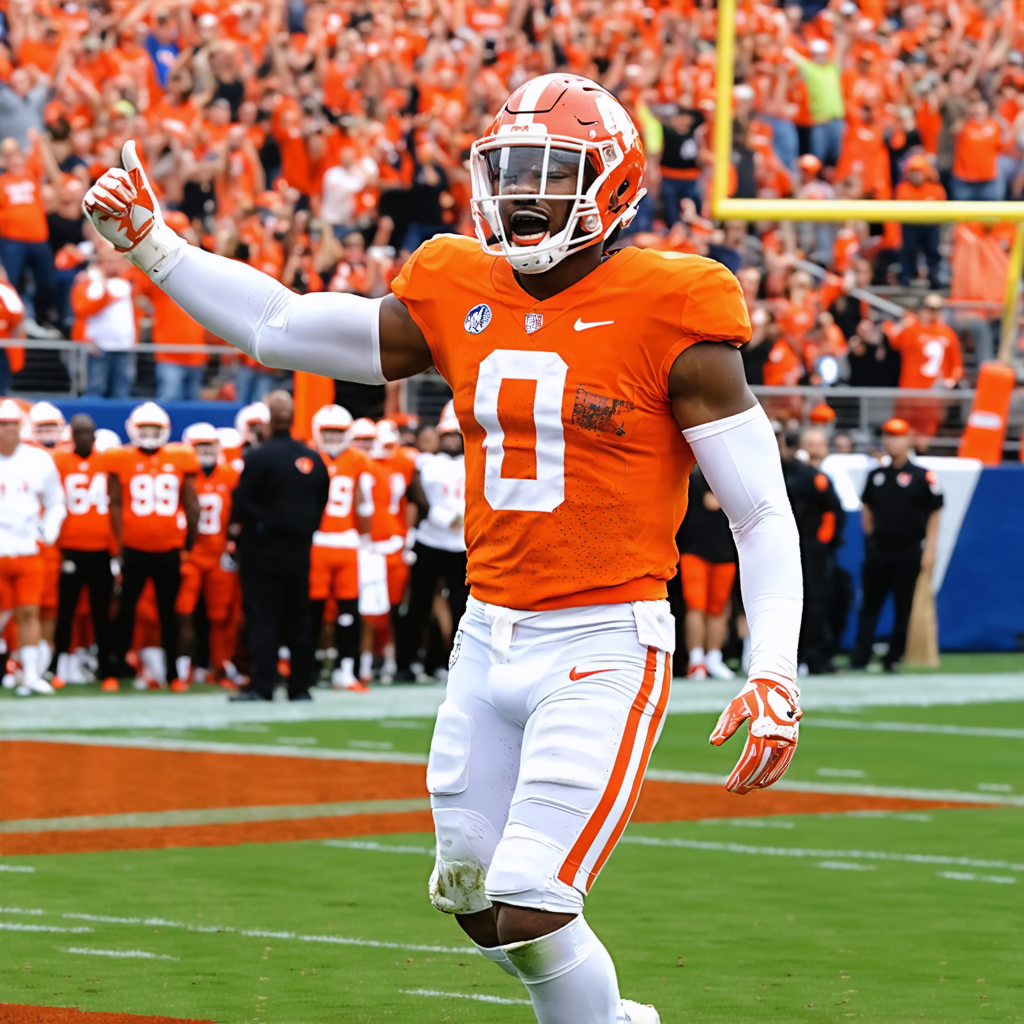The introduction of Name, Image, and Likeness (NIL) rights for college athletes has transformed the marketing landscape. It offers a unique opportunity for brands to connect with younger audiences in an authentic and hyper-targeted way. However, like any innovation, NIL comes with its share of complexities. At Do Loco, we view NIL as a powerful tool to drive engagement among younger consumers, particularly in key Designated Market Areas (DMAs). Here’s a breakdown of the pros and cons for marketers considering NIL campaigns.
The Pros of NIL for Marketers
- Authentic Connection with Younger Audiences College athletes often have deep connections with their peers and younger fans, making them influential ambassadors. This authenticity is crucial in today’s marketing landscape, where Gen Z prioritizes relatable and trustworthy endorsements.
- Hyper-Targeted Campaigns NIL partnerships allow brands to tailor campaigns to specific DMAs. Whether it’s targeting a university town or a regional fan base, NIL provides unmatched precision in reaching local markets.
- Cost-Effective Influencer Marketing Unlike mega-celebrities, college athletes often offer more affordable partnership rates. This allows brands to diversify their campaigns and collaborate with multiple athletes, enhancing reach and relevance.
- Building Brand Loyalty Early By supporting college athletes, brands can foster goodwill and establish long-term relationships with both athletes and their fans. This strategy not only builds loyalty but also aligns brands with the positive values of collegiate sports.
The Cons of NIL for Marketers
- Regulatory and Ethical Complexities The legal landscape around NIL is still evolving, with different states having varying regulations. Brands must navigate these rules carefully to avoid compliance issues.
- Brand Safety Concerns College athletes are young and often inexperienced with the public spotlight. Missteps, whether in personal conduct or social media, can create challenges for brand reputation.
- Limited Metrics and ROI Transparency While NIL offers exciting opportunities, tracking the return on investment can be tricky. Traditional influencer metrics may not always apply, requiring brands to redefine how they measure success.
- Potential Oversaturation With more brands entering the NIL space, there’s a risk of oversaturation. This can dilute the impact of individual campaigns, especially in competitive markets.
Tips for Success in NIL Marketing
- Focus on Alignment: Ensure the athlete’s values and audience align with your brand’s goals.
- Start Local, Think National: Leverage regional appeal for immediate impact while keeping an eye on scalable opportunities.
- Measure Beyond Metrics: Focus on qualitative outcomes, like engagement and brand sentiment, alongside traditional ROI metrics.
- Stay Agile: Be ready to adapt as NIL regulations and best practices evolve.
NIL offers brands a chance to innovate and engage in meaningful ways. By understanding both its potential and pitfalls, marketers can harness NIL to create campaigns that resonate with younger audiences and stand out in competitive markets.
The Loco take: A Strategic Approach to NIL
At Do Loco, we believe NIL should be a strong part of the consideration set when building out an influencer marketing strategy. This is especially true when you’re looking to grow in specific DMAs as college athletes hold a lot of cache in their local markets.

